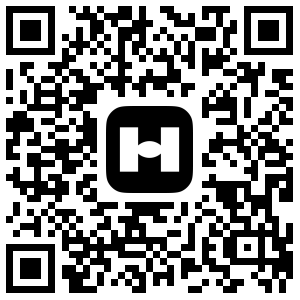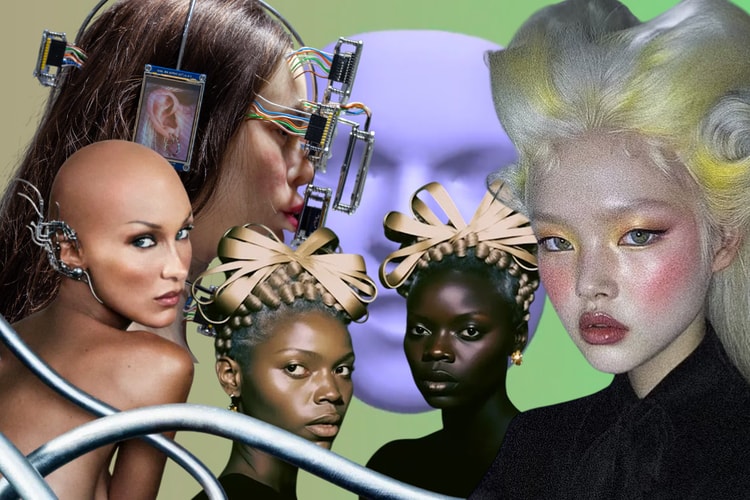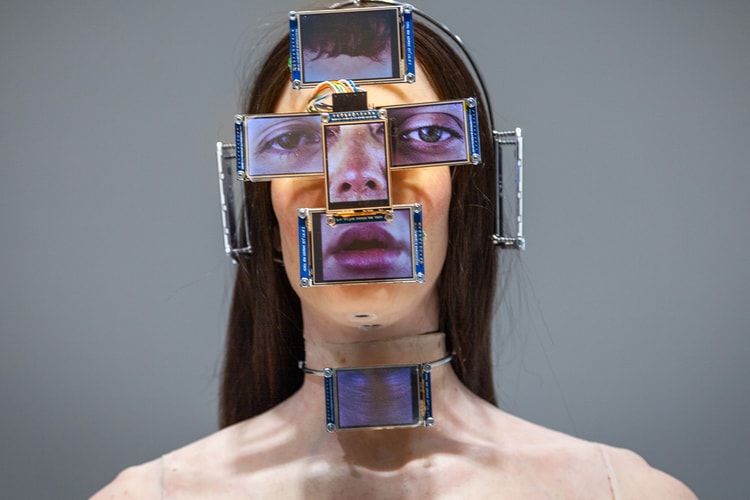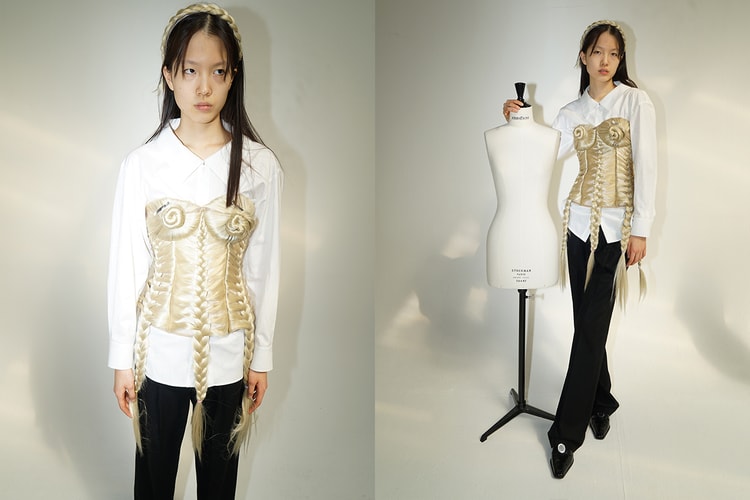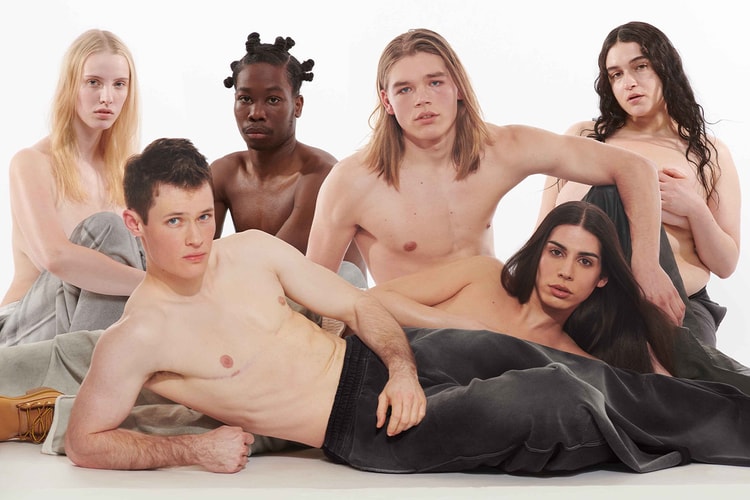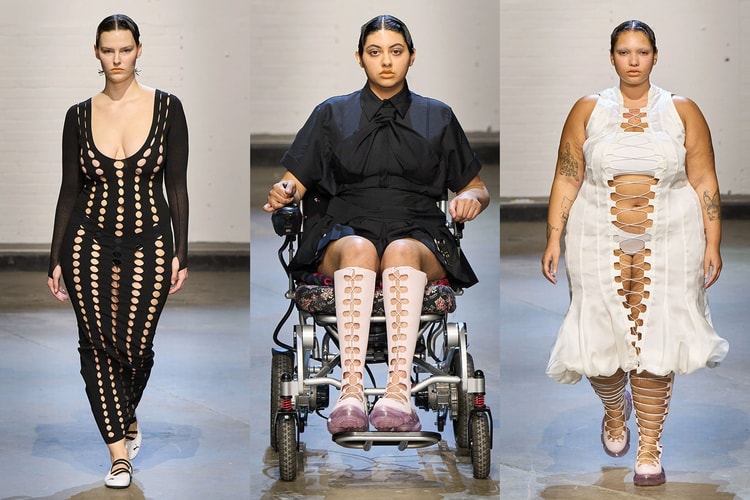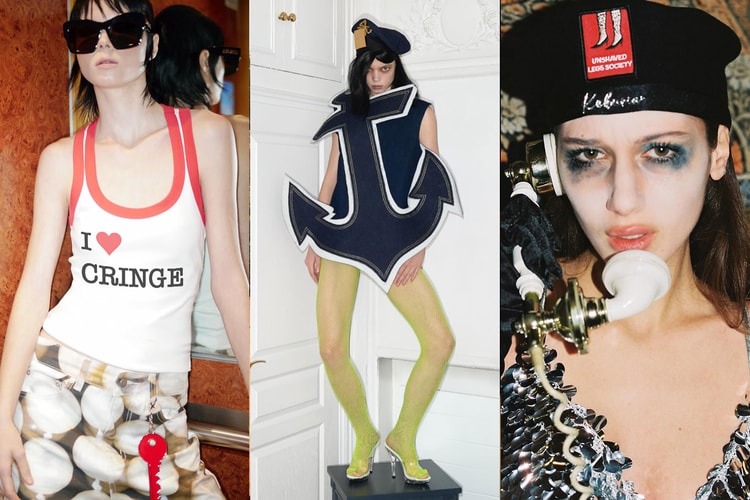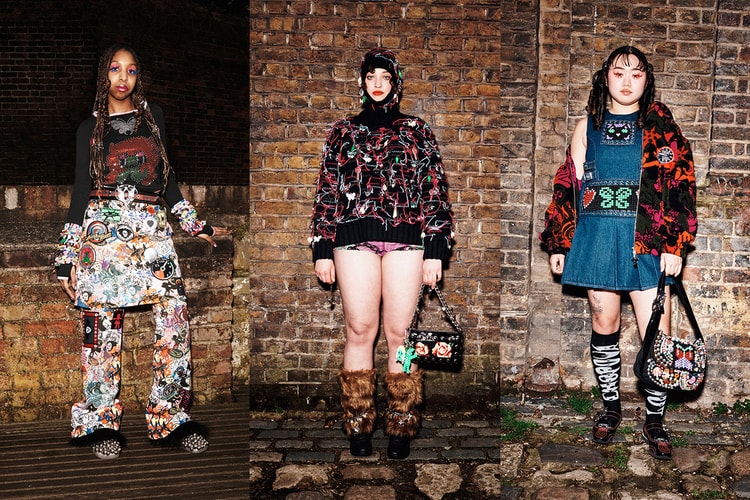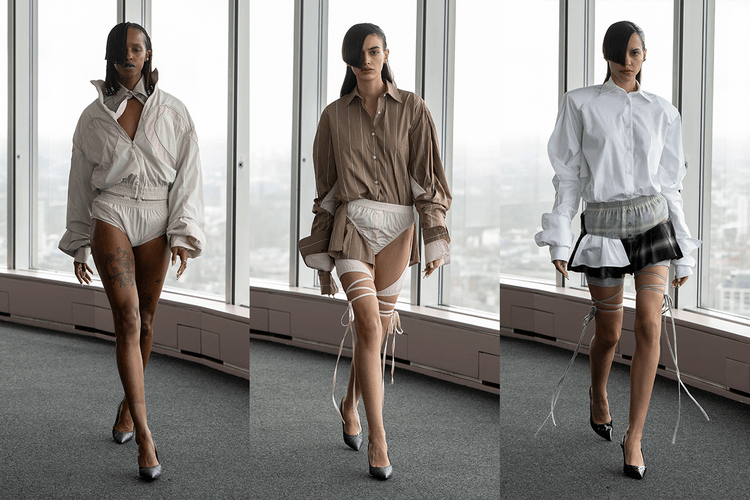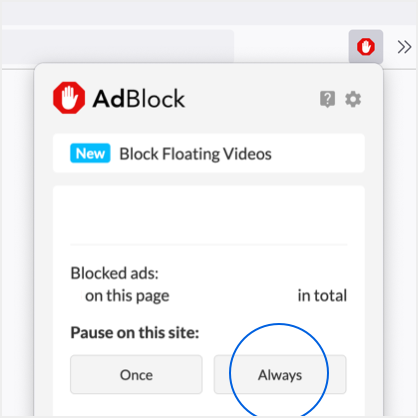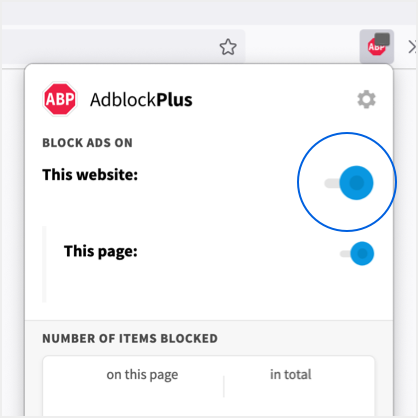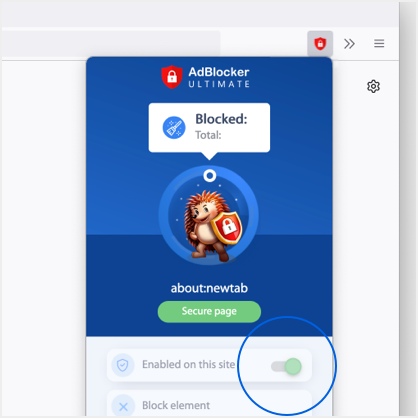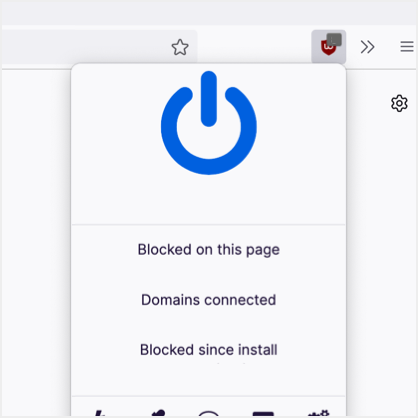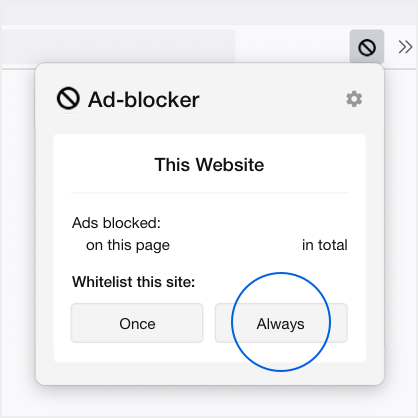
How Makeup and Hair Artist Zahra is Redefining Beauty with AI
“Try to work with artificial intelligence. It’s now or never.”
The image above isn’t real makeup, nor is it a real person — it’s a creation born entirely from artificial intelligence. As technology rapidly evolves, makeup artists are increasingly tapping into the power of AI to stretch the limits of creativity in ways once thought impossible. From designing virtual makeup to crafting entire digital faces, AI is becoming a new frontier for creatives to explore, experiment and innovate.
One such person at the forefront of this revolution is Paris-based Zahra, who seamlessly works on both human and digital canvases, blending handmade artistry with cutting-edge technology to push beauty onto a whole other playing field. “I started using AI because I saw other makeup artists using it and took quick notice of how creative and beautiful their work was,” she tells us. “I knew the democratization of AI was a way to bring makeup to a digital world that feels completely unfamiliar to many.”
As someone familiar with coding and working as a SEA manager before she became a makeup artist, it felt natural to her that these worlds would meet eventually. “The makeup world is digital today and we have to accept it,” Zahra states. “People don’t realize it but beauty filters, beauty apps, retouching tools, skin detector machines and more are all artificial intelligence.” For her, the strong move towards AI makeup is proof that MUAs are starting to invest in pixelated territory.
We spoke to Zahra about her thoughts on artificial intelligence and artistry co-existing, its inclusivity (or lack of it) and the future of the makeup industry.
Keep reading to learn more.
On balancing AI and traditional makeup artistry
At the moment, I balance both. I still keep “traditional makeup” and AI separated, even if I started by mixing both for some of my first “digital” creations. AI and real-life makeup do not allow the same level of creativity. When it comes to AI, there is unlimited creativity, but it still takes a lot of time to be able to get what I am looking for. In traditional makeup, there is limited creativity. Some visuals require a huge team, budget, time, etc. but the process is quite the same. Traditional makeup first starts with an idea — a color or a texture that is brought to life by a face chart or a drawing. In AI makeup, it begins with words and your ability to know how to speak to AI.
Also, since most jobs for makeup artists have a commercial goal, it means that we are creating classic looks (natural makeup, very soft glams, classic hairstyles, etc.). AI helps me keep up with my creative side and focus on my vision of beauty without being limited or directed by any creative direction except my own.
On the role AI will play in the future of makeup
We are at the very beginning of what artificial intelligence is capable of bringing to beauty. For me, AI is a tool that will help artists define beauty trends in a much faster way. Eventually, we’ll be able to waste less time to understand what people look for when it comes to makeup.
Also, I believe that makeup artists will gain one more skill with the help of AI. In my opinion, they’ll be the main people we’ll look for to understand and use AI in beauty (as long as they make AI tools a part of their job and learn how to use them). MUAs will be more involved in product design and everything will be very personalized for clients. Lastly, makeup and beauty creatives will be able to create a new way to monetize their skills with this tool.
View this post on Instagram
On the potential of AI replacing human makeup artists
AI will not replace the skills of humans now and for a very long time. But, I believe that in the future we’ll have robots with AI included and an artificial consciousness that will be able to do basic makeup looks. Human makeup skills will still exist but it will either be a luxury or a job that will be completed with AI. Humans need humans and the connection that makeup artists have with a client or model is based on respect, intuition and feeling. For me, these values and emotions will still need to be expressed or shared.
On the most challenging aspects of AI and artistry
The most challenging aspect is learning how to use the tool and include it in your creative process. It’s not easy to do because AI can be a very addictive tool. It allows one to create visuals without the limits of a real-life makeup creation or photoshoot. Also, AI looks very easy and approachable at first but if you want to create original visuals and qualitative images you have to keep on learning how to speak to AI and learn syntax, parameters and more. Also, you have to be patient — great visuals take time, just like real makeup. Lastly, AI should be an addition and not a replacement for your makeup skills.
View this post on Instagram
On how to ensure that AI makeup remains inclusive
Artificial intelligence is very problematic when it comes to inclusion and diversity. It’s a reflection of our society and what we teach AI. Most of the time the word “woman” or “model” will create a European-looking woman with the same, basic features: blue eyes, a small nose and white skin. Thankfully, there are ways to make AI understand that it’s not the only identity that exists in the world. This is why learning to speak to AI is important or you’ll be stuck with the same outcome.
On advice for traditional MUAs who are hesitant to use AI
Try and work with AI now. It’s now or never. AI is a new tool we have to work with and take advantage of. As creatives, we are image seekers and in the end, it’s just a new way to create a visual but instead of using our brushes we use words… and makeup always starts with a visual idea.
View this post on Instagram
While you’re here, check out our coverage of SIMIHAZE BEAUTY’s new “Color Glaze” Lip & Cheek Pigment.
